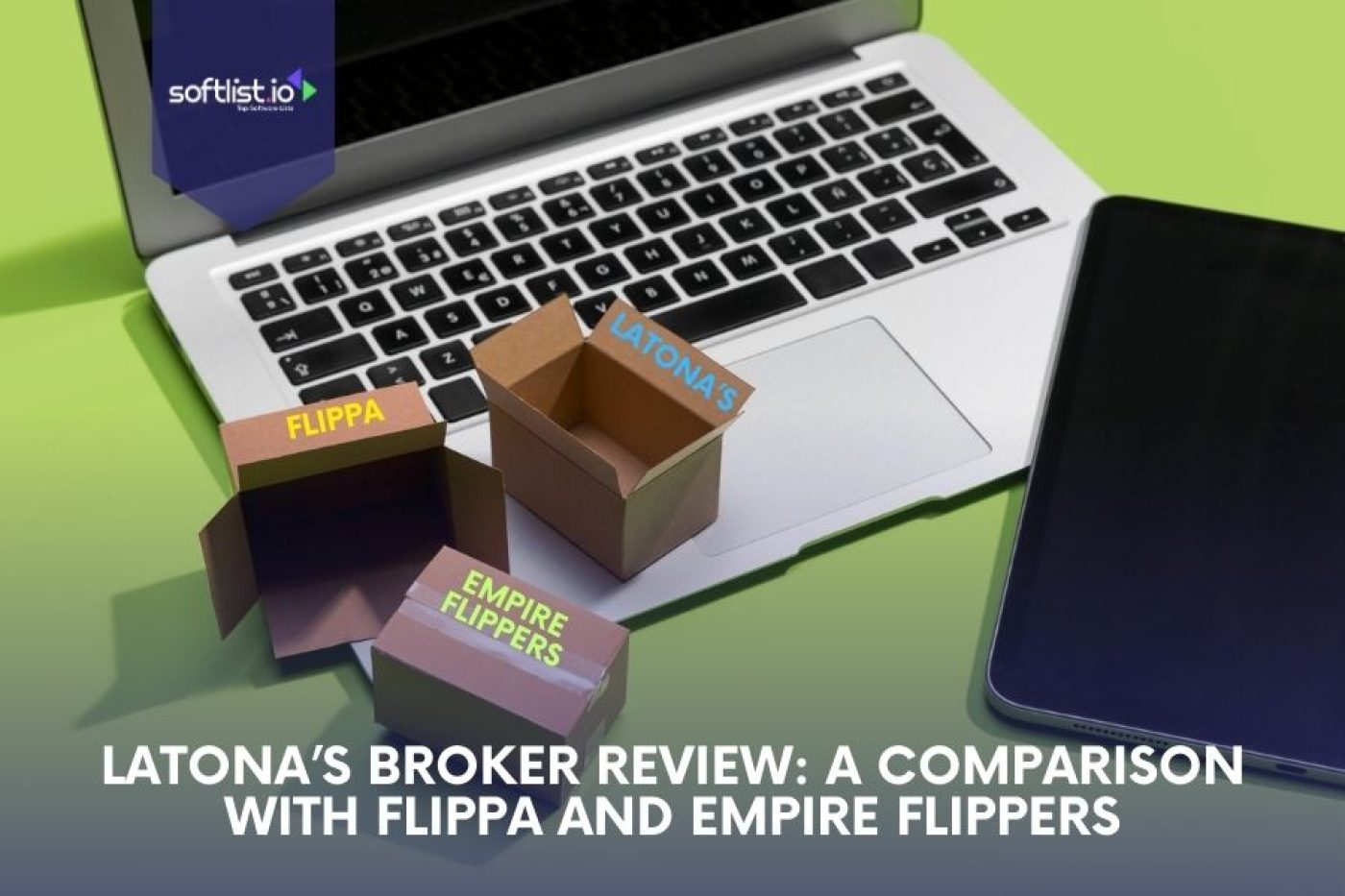Integration money laundering is the conversion of illicit money into licit money through elaborate schemes of front companies and layered transactions. It presents one of the greatest threats to business on a worldwide basis, a presumption of between $800 billion and $2 trillion laundered annually, which is approximately 2-5% of global GDP.
Criminals utilize genuine businesses to integrate illicit cash into their respective illegitimate dealings, thereby demoralizing ethical commerce and fuelling a crime spree.
Businesses can do a lot toward self-protection by adopting robust anti-money laundering practices and training employees regularly for more effective implementation of those measures.
The most favored targets remain businesses dealing with large transactions, especially those involving cash or international trade. Remaining resilient with AML screening, controls, and cooperation with authorities will help avoid being drawn in. This article discusses how businesses can prevent the integration of money laundering.
Integration Money Laundering
Integration is the phase of laundering in which money derived from illegal origins is amalgamated with legally derived money through business transactions, the purpose of which is to disguise or obliterate the money’s illegal origins.
To integrate such money into the economy, criminals look to exploit businesses, a practice leading to about $800 billion to $2 trillion laundered globally each year, according to UNODC figures.
Such schemes must be recognized to provide appropriate AML screening and detection measures that will help protect businesses. Businesses must learn about the red flags that signal attempted integration laundering.
Before businesses can prevent integration schemes, it’s crucial to understand this stage of money laundering. In the integration phase, laundered funds are fully assimilated into the economy, often through legitimate transactions such as investments in real estate, luxury goods, businesses, or stocks.
The challenge lies in the fact that by this stage, the money has often been layered through various transactions, making it appear legitimate.
Why Businesses are Vulnerable

With inadequate AML screening services and monitoring solutions in place, high transaction volumes carry an inherent risk that the business will become an unwitting participant in money laundering. Those areas involving cash, imports/exports, and international funds transfers create especially vulnerable avenues for integration laundering, which calls for strong AML screening.
Avenues that offer opportunities for high transaction volumes are easy to exploit and hence attract money launderers. Turning a blind eye will not work out in the company’s favor due to potential legal and reputational risks.
Money laundering remains a significant threat to global financial systems, with criminals continually developing sophisticated methods to obscure the origins of illicit funds.
One of the most advanced stages of money laundering is the integration phase, where “cleaned” money is reintroduced into the legitimate economy, often making it difficult to trace back to its criminal origins.
Preventing integration money laundering schemes requires businesses to implement robust anti-money laundering (AML) measures and maintain vigilance. Here’s how businesses can effectively guard against such schemes.
Customer Due Diligence
Effective customer due diligence is the first line of defense against the abuse of money laundering. A business verifies customers’ identities and monitors accounts or transactions for anomalies to filter high-risk individuals. It is related to money laundering or tax havens that would warrant further AML screening, thereby fulfilling the legal know-your-customer requirements.
It would be very hard for criminals to abuse business relationships for laundering purposes with proper due diligence. Due diligence should occur at onboarding and ongoing monitoring.
Bonus: Discover best practices for establishing effective anti-money laundering programs, training staff, and cooperating with authorities to prevent integration money laundering.
Monitor Transactions
Internal anti-money laundering screening will allow a company to constantly oversee customer behavior and profiles for unusual transaction patterns outside of their regular operations. Anti-money laundering screening should be especially cautious about high-risk commodities, currencies, and structuring tactics associated with integration laundering.
The United Nations Office on Drugs and Crime (UNODC) estimates that $800 billion to $2 trillion is laundered globally each year. It is important to investigate anomalies that seem out-of-place with a customer’s profile and business activities. The configuration of the systems in use for transaction monitoring should be set to maximize the identification of red flags for laundering.
Establish Policies and Training Staff
Organizational programs on anti-money laundering, which assign compliance responsibilities and conduct regular employee training.
These are helpful in institutionalizing procedures on the identification and addressing of red flags as an integral part of the organization’s defenses against AML screening.
Such properly trained staff will better recognize issues and know how to escalate concerns to proper compliance channels.
The organization’s management must fully support AML compliance efforts through adequate resourcing and oversight.
Report Suspicious Activities
Timely disclosure of any suspicious money laundering indicators to relevant agencies facilitates an investigation by the authorities.
It demonstrates inter-agency organizational commitment to cooperation, which is important in addressing the threats of integration laundering.
According to the FATF, more than 30% of SARs are being investigated further. Timely reporting dramatically enhances the possibility of an effective investigation and prosecution.
There should be clear procedures, internal reporting, and escalation of concern to external entities.
Implementing Comprehensive AML Programs
A robust AML program is the cornerstone of preventing money laundering at any stage, including integration. Such a program should include:
- Risk Assessment: Businesses must identify and assess the risks they face concerning money laundering, including those related to specific customers, products, services, and geographical locations.
- Know Your Customer (KYC) Procedures: Implement stringent KYC procedures to verify the identity of clients and assess their financial activities. This includes understanding the nature of the customer’s business and the source of their funds.
- Continuous Monitoring: Transaction monitoring systems should be in place to detect unusual or suspicious activities. This includes large, rapid, or round-number transactions that don’t align with a customer’s normal financial behavior.
Training and Awareness

Source: Canva Pro
Businesses should provide ongoing training for employees on the risks of money laundering and how to recognize the red flags associated with integration schemes. Employees, particularly those in financial services, real estate, and luxury goods sectors, should be trained to identify suspicious behavior or transactions.
Collaboration with Financial Institutions
Businesses should collaborate closely with banks and financial institutions, which play a crucial role in detecting and preventing money laundering. By sharing information and reporting suspicious activities, businesses can help create a more comprehensive defense against integration schemes.
Use of Advanced Technologies
Leveraging technology can greatly enhance a business’s ability to detect and prevent money laundering. This includes:
- AI and Machine Learning: These technologies can analyze vast amounts of data to identify patterns and anomalies that may indicate money laundering. They can also improve the accuracy and efficiency of transaction monitoring.
- Blockchain Technology: Blockchain can provide transparency and traceability in financial transactions, making it more difficult for laundered money to be integrated into the economy unnoticed.
Regular Audits and Compliance Checks
Regular internal audits and compliance checks are essential to ensure that AML programs are effective and up-to-date. These audits should review KYC processes, transaction monitoring systems, and employee adherence to AML policies. Compliance checks should also assess the effectiveness of the business’s response to any suspicious activities.
Engagement with Regulatory Bodies
Businesses should maintain strong relationships with regulatory bodies and stay informed about the latest AML regulations and guidelines. Compliance with these regulations is not only a legal requirement but also a critical component in preventing money laundering.
Reporting Suspicious Activity

Source: Canva Pro
Businesses must have clear procedures for reporting suspicious activities to relevant authorities. This may include filing Suspicious Activity Reports (SARs) or similar documents that notify authorities of potential money laundering. Timely and accurate reporting can prevent further integration of illicit funds into the economy.
Use Technology Tools
Automated AML screening services, implemented transaction monitoring, executed risk scoring and database screening with greater detection capabilities, and justified efficiencies of manual reviews that would augment the defensive measures against infiltration by criminal funds.
Technology can enable real-time monitoring of huge volumes of transactions. Businesses need to ensure that the AML solutions adopted meet the requirements for their risk profile and management expectations.
Cooperate with Authorities
Open cooperation supports the tracing of criminal proceeds and gathering of evidence while showing internal anti-money laundering screening integrity in the prevention of systemic abuse, which is a collaborative effort geared at disrupting money laundering risks.
This sort of cooperation builds trust between the business enterprise and the regulator. Full cooperation includes proactive information sharing beyond what is statutorily required.
Conclusion
Preventing integrated money laundering schemes is essential for safeguarding both businesses and the financial system. To achieve this, companies must adopt a proactive and comprehensive approach, starting with the implementation of robust Anti-Money Laundering (AML) programs.
These programs should be designed to detect and deter illicit activities by establishing clear policies, conducting thorough due diligence, and ensuring regular monitoring of transactions.
Advanced technologies, such as artificial intelligence and machine learning, can further enhance these efforts by enabling the detection of suspicious patterns and automating compliance processes.
Additionally, fostering collaboration between financial institutions, businesses, and regulatory bodies is crucial for creating a unified front against money laundering. Through information sharing and coordinated efforts, the industry can stay ahead of evolving threats and reduce the risk of exploitation.






